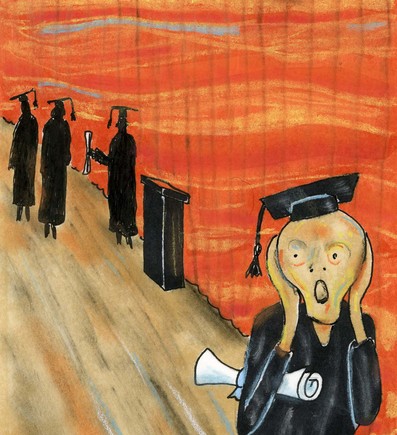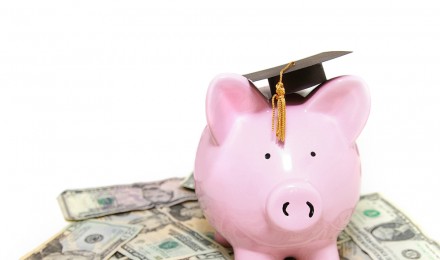Student loans are loans that are intended to pay for college or graduate school tuition, books and living expenses. Students in the United States can qualify for two types of loans:
- Federally subsidized or unsubsidized student loans or,
- Private student loans
The great majority of student loans are Federal loans. Whether they are subsidized or not, the interest rate is less than the interest charged for private student loan. The greatest advantage to a subsidized federal loan is that interest does not begin to accrue while the student is in school. This makes the overall loan smaller than either an unsubsidized federal student loan or a private student loan.
Even though the Federal Government charges less for student loans than private lenders they still gain profits of billions of dollars each year. This occurs for three reasons:
- The cost for the Federal government to borrow is less than the interest rates they charges to lend money to students.
- Losses are low; starting in 2005 student loans cannot normally be discharged by bankruptcy.
- The government manages this program well and administrative costs are low.
In general, the vast majority of students in the United States are able to obtain a federal student loan. All students can borrow the maximum amount of money at the same interest rate as all other borrowers whether or not they have income and regardless of their expected future income. In addition, their parent’s income is not a factor in granting of federal loans. There are only two reasons that a federally guaranteed student loan is denied:
- The student has defaulted on other federal student loans or,
- The student has been convicted of a drug offense.
The maximum amount of a student loan each year depends on whether a student is an undergrad or a graduate student. Although undergrads may receive a lower interest rate than graduate students, the limit for graduate students is usually higher than for undergraduates.
Private loans come into play after a student has exhausted the limits on federal loans. Conditions for eligibility for a private student loan are more rigid than for a federal loan. Ability to repay, parents income and future earnings may be considered by the lender. The interest rate will also be higher.
The interest rate charged for federal student loans is set by congress. Even though rates are presently low, the government still profits from these loans as described earlier.
Normally, repayment of federal student loans begins in the period from six to twelve months after the student graduates or leaves school. Sometimes repayment is required when a student’s course load drops to half time or less. Student’s need to be familiar with the terms and condition of all their student loans as certain actions may cause loan repayment to begin.
Many students exercise one of the many available options for making the loan repayment longer. Folks do this in order to lower their monthly payment. They need to be aware that these strategies will increase the total amount of interest on the debt and total repayment will be higher. Often, the government will capitalize unpaid interest and penalties of loans that are in default.
Student should file for a federal guaranteed loan by completing Free Application for Federal Student Aid (FAFSA) and submitting it through their school.
Private loans can be obtained from your bank or your parent’s bank or a bank you have not done business with before. It is a smart idea to comparison shop for private student loans as rates may differ between banks.






